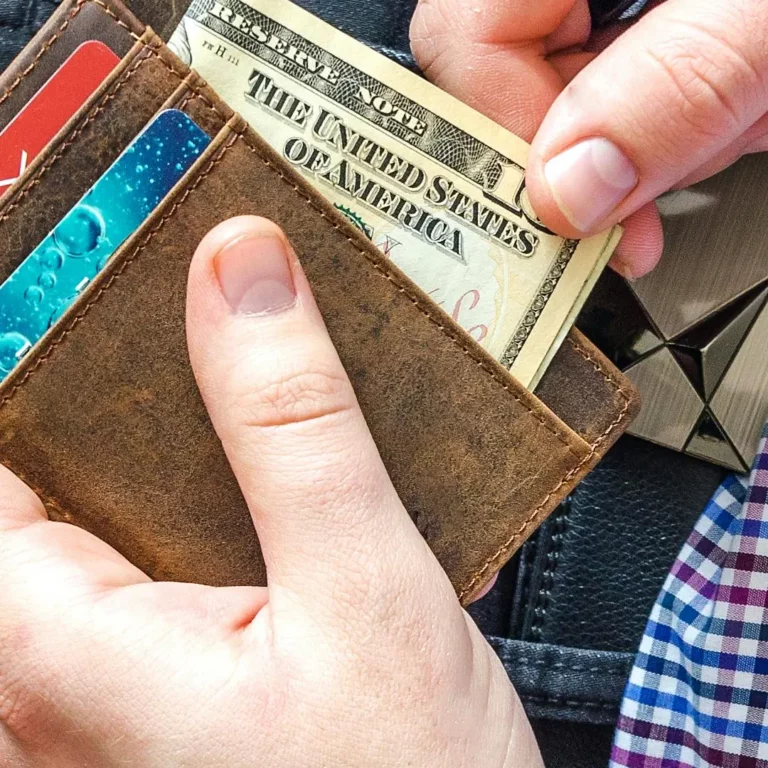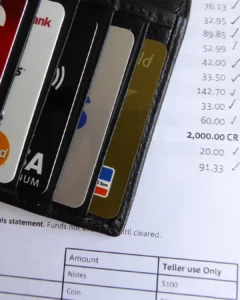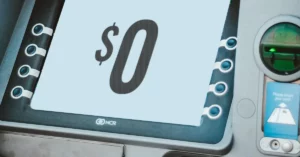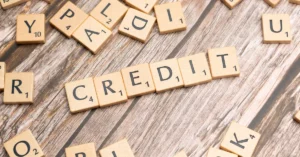Eliminate Credit Card Debt in Under 2 Years: a goal many people share, but few know how to achieve effectively. Credit card debt can feel like a heavy weight, constantly draining your finances and impacting your peace of mind. But it doesn’t have to be a lifelong burden. With the right strategies and a bit of discipline, you can break free from the cycle of debt and pave the way for a brighter financial future. In this article, we’ll explore six proven methods to help you tackle your credit card debt head-on, all while boosting your credit score along the way.
WalletHub found last August that US credit card debt had surpassed $1.3 trillion dollars nearly reaching a prior record set in 2007. Now is the time to chisel away at your own debt and here are a few ways to do it.
1. The Snowball Method: Small Wins for Big Momentum
Let’s start with a classic: the snowball method. This strategy is all about psychology. You begin by focusing on paying off your smallest credit card balance first, while making minimum payments on the others. Once that smallest balance is gone, you take the money you were paying towards it and add it to the minimum payment of your next smallest balance. You keep rolling that extra payment, like a snowball gathering more snow, until you’ve conquered all your debts.
- Why it works: It provides quick wins, which can be incredibly motivating. Seeing those smaller balances disappear gives you the confidence and momentum to keep going.
- How to implement: List your debts from smallest to largest. Pay the minimum on all but the smallest, which you’ll attack with extra payments.
2. The Avalanche Method: Prioritize High-Interest Debt
If you’re more mathematically inclined, the avalanche method might be your preferred approach. Here, you focus on paying off the card with the highest interest rate first, regardless of the balance. This saves you the most money in the long run by minimizing the amount of interest you accrue.
- Why it works: It’s the most efficient way to reduce overall interest costs.
- How to implement: List your debts from highest interest rate to lowest. Pay the minimum on all but the highest-interest card, which you’ll attack with extra payments.
3. Balance Transfer Cards: A Temporary Reprieve
Balance transfer cards can be a valuable tool, but they require careful consideration. These cards offer a promotional period, often 0% interest, during which you can transfer your existing credit card balances. This allows you to pay down your debt without accruing additional interest.
- Why it works: It gives you a break from high interest rates, allowing you to make significant progress on your debt.
- Things to watch out for: Balance transfer fees, which are usually a percentage of the transferred amount. Also, be sure you can pay off the balance before the promotional period ends, or you’ll be hit with the regular interest rate.
- How to implement: Research balance transfer cards with favorable terms. Transfer your balances and create a plan to pay off the debt before the promotional period ends.
4. Debt Consolidation Loans: Streamline Your Payments
A debt consolidation loan combines multiple debts into a single loan with a fixed interest rate. This can simplify your payments and potentially lower your overall interest rate.
- Why it works: It makes managing your debt easier and can save you money on interest.
- Things to watch out for: Make sure the interest rate on the loan is lower than the average interest rate on your existing debts. Also consider the loan’s fees and terms.
- How to implement: Shop around for debt consolidation loans from banks, credit unions, and online lenders. Compare interest rates, fees, and terms.
5. Negotiate with Your Creditors: Don’t Be Afraid to Ask
Sometimes, the simplest solution is to ask for help. Contact your credit card companies and explain your situation. They may be willing to lower your interest rate, waive fees, or create a payment plan.
- Why it works: It can significantly reduce your interest costs and make your debt more manageable.
- How to implement: Call your credit card companies and explain your situation. Be polite and persistent.
6. Boost Your Income: More Money, Faster Credit Card Debt Reduction
Increasing your income can accelerate your debt repayment efforts. Consider side hustles, freelance work, or asking for a raise at your current job. Every extra dollar you earn can go towards paying down your debt.
- Why it works: It provides you with more funds to attack your debt.
- How to implement: Identify your skills and interests and explore income-generating opportunities.
Improving Your Credit Score Along the Way
While you’re working on eliminating your credit card debt, you can also take steps to improve your credit score. This includes:
- Making on-time payments.
- Keeping your credit utilization low (the percentage of your available credit that you’re using).
- Avoiding opening too many new credit accounts.
- Reviewing your credit report regularly for errors.
Take Action To Eliminate Credit Card Debt Today
By implementing these strategies, you can take control of your credit card debt and build a solid foundation for your financial future. Remember, consistency and discipline are key. You’ve got this!
Stay tuned into Prosper7 for more financial tips!




